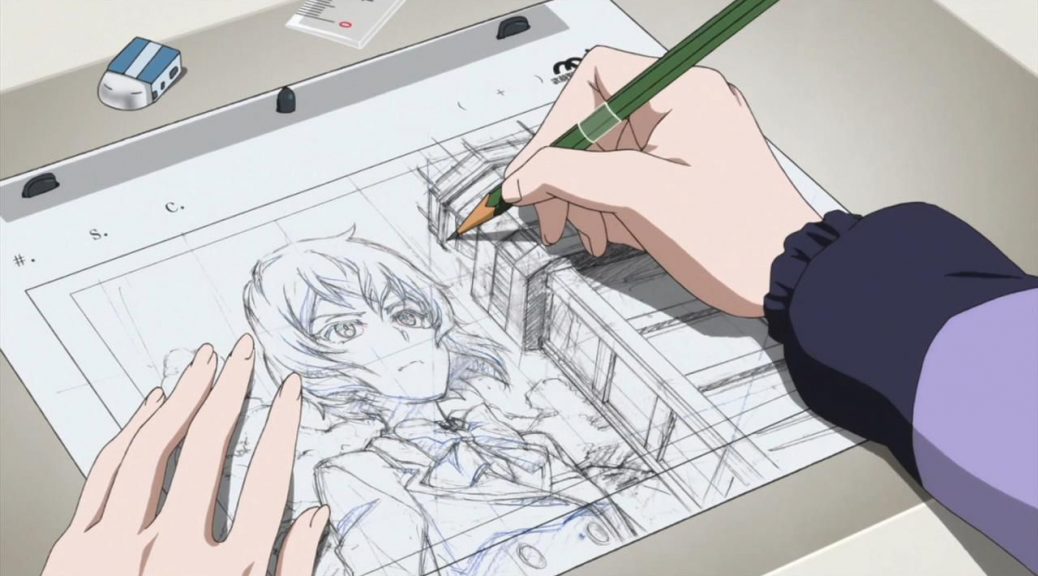Exactly How Anime is Made
Have you ever before asked yourself just how anime is made? For the majority of us, anime manufacturing is all smoke as well as mirrors. The distance in between the idea art and the finished work of art is the length of a typical 12-week period. Truth be informed, unless you're proficient in Japanese, the production procedure governing Japanese computer animation is shrouded in secret. Attempting for more information will certainly lead you down a rabbit hole of terms like key animator, in-between animator, animation director, episode director, art supervisor, and character developer. How anime is made in Japan is very various from how you would assume; oftentimes, it is much more of a fluid (read: disorderly) procedure than you would expect.
The Art of Computer animation
Computer animation manufacturing is an unpleasant, unpleasant affair. Chaotic scheduling, ground timelines, missed out on target dates, as well as widespread inexperience are all job-related hazards any person operating in a tiny, start-up setting is well-acquainted with.

Anime is additionally a labor of love and one that needs the abilities of many people, as well as the persistence of a choose couple of. After all, it is one that requires several, lots of actions. The success of even one episode is no small task, and also one bad move can have dire consequences for the whole production. Dig deeper and also you'll discover manufacturing timetables and color-coded checklists that are right stuff of headaches. Many spreadsheets, numerous trademarks.
I'll do my best to give an extensive review of the procedure, detailing the major actions and also the major gamers. In doing so, I intend to demonstrate how difficult it is to make a decent anime, let alone a fantastic one, while reigniting your love for the medium. Most of all, apologies beforehand for any type of mistakes or mistakes; I am, never, a professional on anime manufacturing.
The Production Refine (i.e. Production Challenges).
Pre-production.
This is the planning as well as funding phase. The anime production business (e.g. Aniplex, Bandai Visual, Kadokawa Shoten, Horse Canyon, Sony, Toho, Viz Media) supervises of fronting costs for staffing, broadcasting, as well as circulation. Basically, they pay workshops to make it, tv stations to air it, and the licensor to distribute it locally as well as internationally. Most of all, they gather the make money from the sales. Sometimes, several manufacturing companies are involved in a solitary anime. Studios (e.g. A-1 Pictures, Bones, J.C. Team, Kyoto Computer Animation, Madhouse, Manufacturing I.G, Workshop Ghibli, Trigger) are the ones that staff, pay, and also produce the real anime. If the anime is an initial concept, the workshop will often assist front the expenses.
Setting up the Team.
The director is the imaginative head honcho and also is, typically, the one who teams the program. When it involves staffing, each studio works differently. Some have permanent internal animators, colorists, editors, as well as production workdesks, while others will have a full time team of core people from each division and a big network of consultants. After that there are the studios that outsource the job entirely to consultants.
Storyboards.
The director is normally responsible for the storyboards, also. In long-running TV-anime, as opposed to seasonal anime, storyboards normally are up to different storyboarders. In an excellent world, the storyboards would be totally finished before an episode goes into production. This would give the rest of the personnel the opportunity to expand a natural, fully recognized tale; however, that rarely ever occurs, as well as typically episodes are in-production as the storyboards are still being exercised. It's a headache, truly.
Layouts.
Next up is formats. Under the supervision of the supervisor, episode director, and also often manufacturer, the format supervisor will fill in the information for cuts (scenes, normally established by the use a single background). This entails preparing the major animated image or "cels" (shown in cozy colors) versus the histories (displayed in great colors) with summaries of exactly how the video camera should move. Simply put, the design director is mounting each cut and also checking out general make-up.

Animation.
As soon as designs are done, the manufacturing assistant gives them to the crucial animators. They're the ones that bring the images to life. The finished cuts after that go to the episode's animation supervisor, that checks for consistency as well as top quality. If the cuts get the stamp of approval, they most likely to the in-between animator. This job is normally contracted out to much less skilled animators with less costly rates. The in-between frames are sent to the in-between manager to ensure they follow the quality and frameworks of the vital computer animation. If a cut is denied at any stage, it is returned for revisions.
Digitized.
Finally, once the computer animation is done, the tinting group, managed by the shade designer, digitizes, cleans up, and shades the cuts. Now, the cuts are referred to as cels (or digicels). The colorist puts the colored cels versus the background art (as specified in the formats) as well as adds in any 3DCGs under the supervision of the 3DCG manager. The final stage of in-production is more info filming, in which make-up, unique impacts, and editing are wrapped up.
Post-Production.
With completion in sight, the manufacturing assistant sends out the final cels to the recording supervisor for post-production. The recording supervisor supervises the "dubbing" procedure in which the post-production teams include the voice acting, sound impacts, and songs. That wraps up the life process of one cut in anime production. Ultimately, at the end, the editor entwines, combines, modifies, and after that establishes all the finished cuts. On the other hand, the director as well as episode supervisor are checking in at each phase to see to it the completed item lives up to their vision. The core guiding group then assesses the finished episode and also provides responses or their last approval.